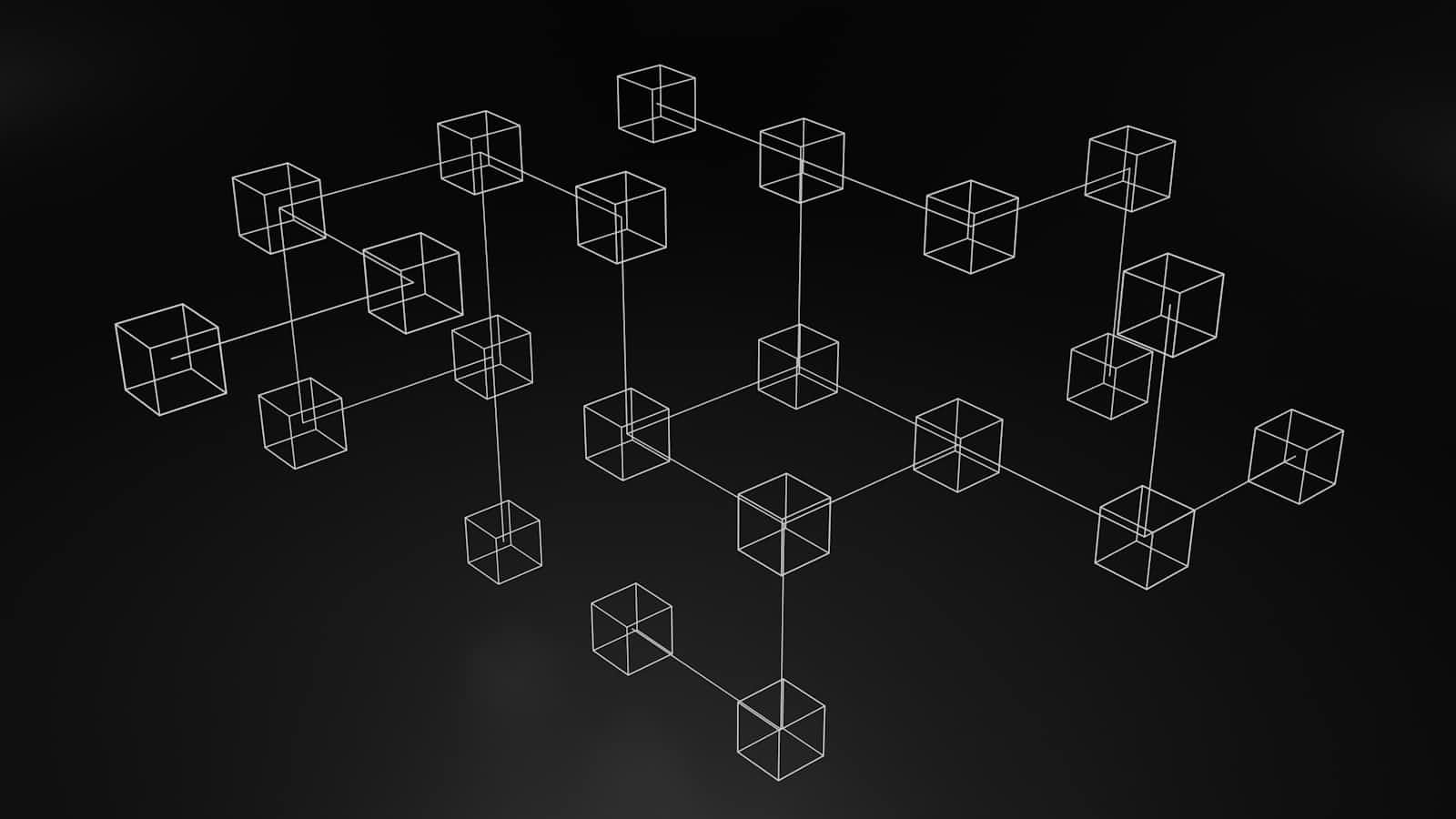Exploring Peer-to-Peer Networks: The Backbone of Blockchain Decentralization
 Rohit Paul
Rohit Paul
Imagine a neighborhood where everyone borrows and lends items directly with each other without needing a store or a middleman. This scenario exemplifies the concept of a peer-to-peer (P2P) network, which is central to the operation of blockchain technology. By breaking down how these networks function in everyday terms, we can see why they are pivotal in making blockchain a powerful tool for decentralization.
What is a Peer-to-Peer Network?
Think of a community garden. Instead of buying vegetables from a supermarket, everyone contributes to growing produce and shares the fruits of their labor directly with one another. In this garden, each person is both a grower and a consumer, and the operation doesn't depend on a single supplier. Technically, a P2P network operates similarly, but with data. Each computer, or "node," acts both as a client and a server, sharing resources directly without a centralized administrator.
Key Features of P2P Networks
🌐 Decentralization: No single point controls the network. Just like no single gardener controls the entire community garden, each node in a P2P network operates independently, enhancing the network's resilience and reducing its vulnerability.
🔄 Redundancy: Information or resources are duplicated across different nodes. Similar to having multiple gardeners water the same plants to ensure they thrive, redundancy in P2P networks guarantees that if one node fails, others can maintain the network's functionality.
📈 Scalability: As more nodes join the network, its capacity grows. Think of a carpool scenario: the more people offer rides, the easier it is for everyone to get around without overburdening any single vehicle.
The Role of P2P Networks in Blockchain
Blockchain technology utilizes the principles of P2P networks to maintain a decentralized ledger of transactions. Here's how it works:
💬 Decentralized Transactions: In blockchain, transactions are directly communicated and verified by the network, similar to neighbors confirming a tool exchange among themselves without needing a store.
🤝 Consensus Building: Just as neighbors might agree on certain community rules, blockchain uses consensus mechanisms that involve all nodes to validate transactions, ensuring that all copies of the ledger are consistent.
🔒 Security and Privacy: Without a central data store, blockchain is less vulnerable to hacks that typically target centralized repositories. Just like a community watch program where everyone looks out for each other, each node in blockchain helps secure the network.
Real-World Applications of P2P Networks
P2P networks are versatile and extend beyond blockchain.
📁 File Sharing: Apps like BitTorrent allow people to share large files without a central server, spreading the upload and download across many users.
💸 Cryptocurrencies: Bitcoin and other digital currencies use P2P networks to enable financial transactions without a central bank.
📞 Communication: Tools like Skype and WhatsApp initially used P2P technology to allow direct voice and message communication between users without going through a central server.
Conclusion
Peer-to-peer networks empower individuals by eliminating central points of control, enhancing privacy, and fostering direct interactions within a community, whether online or in real life. For blockchain, P2P is not just a technical solution; it's the philosophical foundation that ensures its operation is democratic, secure, and inclusive.
Understanding P2P networks gives us deeper insight into the transformative potential of blockchain technology and how it can reshape the way we interact, transact, and trust one another in a digital age.
Subscribe to my newsletter
Read articles from Rohit Paul directly inside your inbox. Subscribe to the newsletter, and don't miss out.
Written by

Rohit Paul
Rohit Paul
I am a developer, a student, an engineer, a gamer, an explorer, and a photographer and cricketer by hobby.